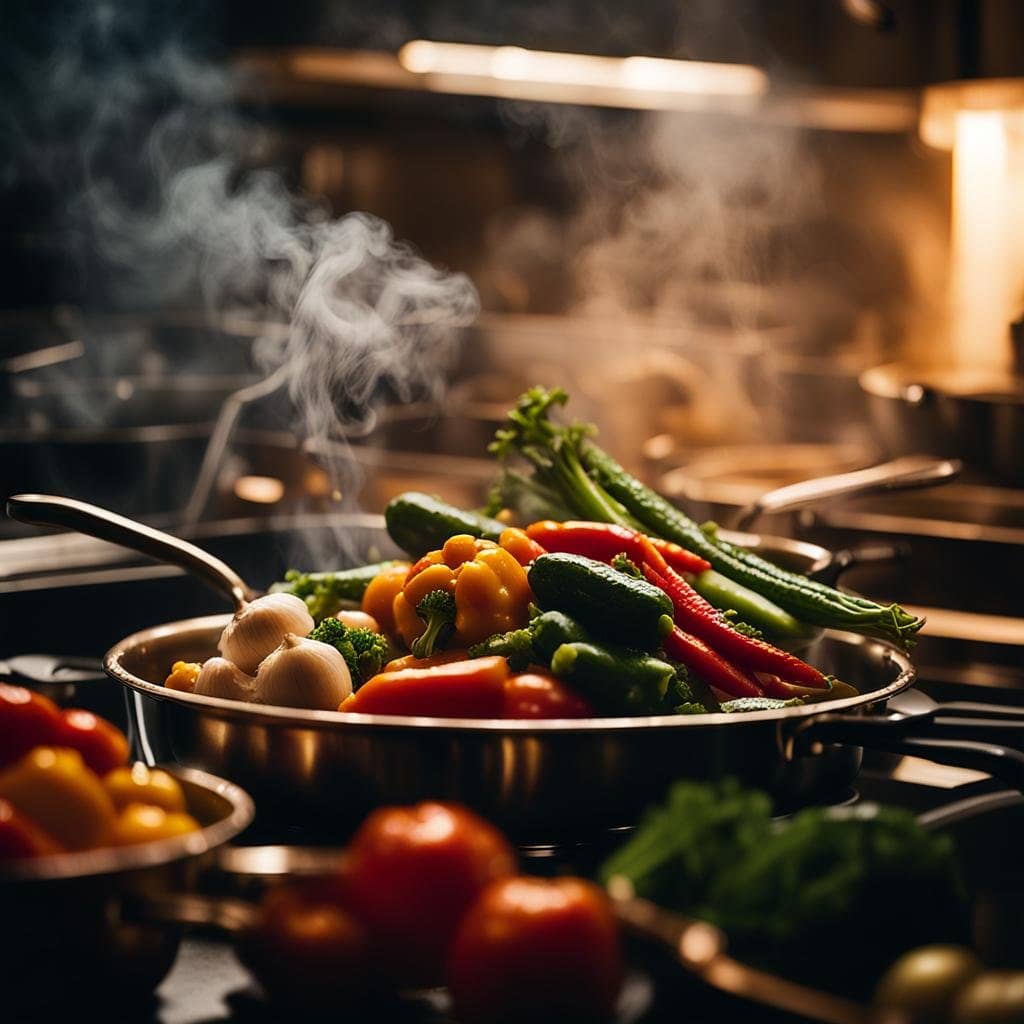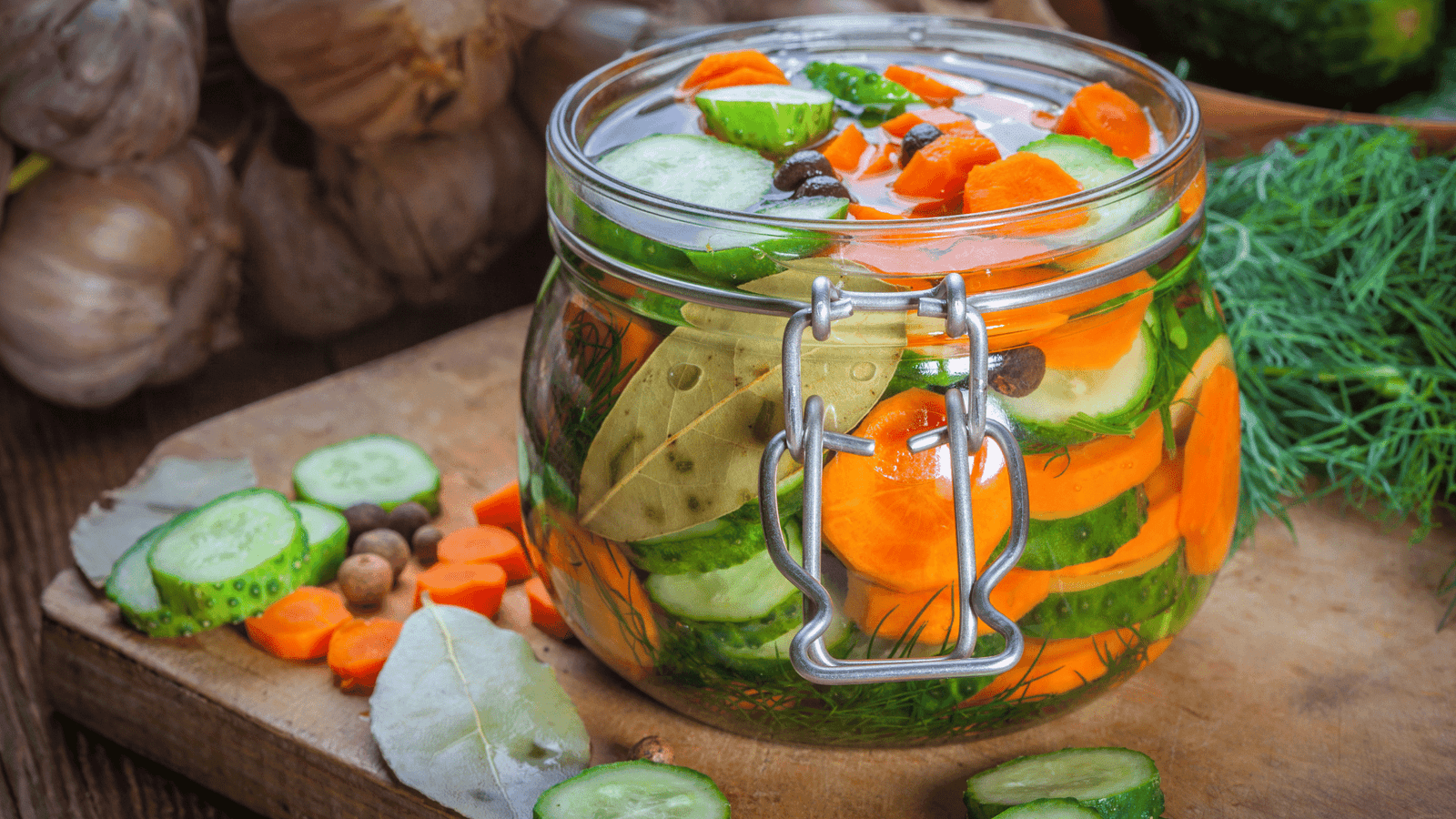Ever wondered what to do with all those vegetable peels, ends, and scraps piling up during meal prep? Here’s a solution that’s budget-friendly, eco-friendly, and delicious: zero waste vegetable stock. Whether you’re a seasoned chef or just trying to cut down on waste, making your own stock is one of the easiest ways to repurpose kitchen scraps. Ready to dive in? Let’s answer some common questions and give you a step-by-step guide for making your own zero waste stock.
1. What is Zero Waste Vegetable Stock?
Zero waste vegetable stock is a homemade broth made from leftover vegetable scraps like carrot tops, onion skins, celery leaves, and more. Instead of throwing these pieces away, you simmer them in water to extract their flavor, creating a delicious base for soups, sauces, and risottos.
This stock helps reduce kitchen waste, saves you money (no need to buy store-bought broth), and is healthier since it’s free of preservatives or added sodium. Plus, you’re cutting down on food waste, which is a growing environmental concern. In fact, the USDA estimates that about 30-40% of the food supply in the U.S. ends up as waste. Making your own vegetable stock is a simple yet effective way to fight this.
2. What Scraps Can I Use in Zero Waste Stock?
Not all vegetable scraps are created equal when it comes to stock-making. Here’s a quick rundown of what to include:
- Onion skins and ends: Add rich flavor and color.
- Carrot tops and peels: Sweeten the broth.
- Celery leaves and ends: Bring freshness and a hint of saltiness.
- Garlic skins and cloves: Add depth and aroma.
- Herb stems: Boost flavor—parsley, thyme, and cilantro stems work great.
Avoid using:
- Potato skins (can make the stock cloudy and starchy)
- Brassicas like broccoli and cauliflower (they can turn the stock bitter).
Pro Tip: Store your vegetable scraps in a reusable bag or container in the freezer until you’ve collected enough for a batch of stock. This also prevents the scraps from going bad before you’re ready to use them.
Product Recommendation:

Storing vegetable scraps can’t get easier. These reusable silicone bags are perfect for the freezer, helping you collect scraps without relying on single-use plastics. Plus, they’re durable, dishwasher-safe, and help you organize your freezer clutter-free!
3. How Do I Make Zero Waste Vegetable Stock?
It’s easier than you think! Here’s a step-by-step guide:
- Gather your scraps: Around 4-5 cups of frozen vegetable scraps is a good amount to start.
- Simmer: Place the scraps in a large pot and cover with water. Add a bay leaf, a few peppercorns, and any leftover herbs for extra flavor.
- Boil: Bring the mixture to a boil, then reduce heat and simmer uncovered for 45 minutes to an hour.
- Strain: Use a fine-mesh strainer to remove the solids, leaving you with a rich, flavorful stock.
- Cool and store: Let the stock cool completely before storing it in glass jars or reusable containers in the fridge (lasts up to a week) or freezer (up to 3 months).
4. Can I Make Vegetable Stock in a Slow Cooker or Instant Pot?
Absolutely! Both the slow cooker and Instant Pot can make this process even easier.
- Slow Cooker: Add your vegetable scraps and water, set it to low, and let it simmer for 8-10 hours. The longer simmering time extracts even more flavor from the scraps.
- Instant Pot: If you’re short on time, the Instant Pot can create stock in just 20-30 minutes. Add your scraps, water, and seasonings, then cook on high pressure for 15 minutes. Let it naturally release for another 10 minutes.
Product Recommendation:
Instant Pot Duo 7-in-1
For busy cooks, the Instant Pot is a game-changer. With just a few clicks, you can make zero waste vegetable stock in minutes. Its multi-functionality means you can also use it for soups, stews, and more—perfect for zero-waste cooking. Plus, it’s energy-efficient!

For busy cooks, the Instant Pot is a game-changer. With just a few clicks, you can make zero waste vegetable stock in minutes. Its multi-functionality means you can also use it for soups, stews, and more—perfect for zero-waste cooking. Plus, it’s energy-efficient!
5. How Can I Store Homemade Vegetable Stock?
Storing your homemade stock properly ensures you always have a batch ready when needed:
- Fridge: Your stock will last about 5-7 days. Use airtight jars to keep it fresh.
- Freezer: Freeze in portion sizes (think ice cube trays or small containers) so you can easily thaw just what you need.
- Glass Jars: If you’re freezing in glass jars, make sure to leave room for expansion to prevent the glass from cracking.
Quick Tip: Freeze the stock in ice cube trays for easy portion control, especially when you only need a splash for a recipe.
6. Is There a Nutritional Benefit to Making My Own Stock?
Yes! Homemade vegetable stock is naturally low in sodium, unlike many store-bought versions which are packed with salt and preservatives. Plus, by using organic or homegrown veggies, you’re ensuring there are no pesticides or chemicals in your stock.
And since you’re making it from whole, real ingredients, it’s also rich in vitamins and minerals like vitamin C, potassium, and antioxidants from the vegetable skins and peels.
Zero Waste Cooking in Action: A Personal Experience
A few months ago, I noticed how much food was going to waste in my kitchen—onion ends, celery leaves, even leftover herbs from recipes. I decided to give zero waste vegetable stock a try. After just a couple of batches, I was hooked. Not only did my stock taste better than anything store-bought, but I also cut down on food waste and saved money. It became my go-to base for soups, sauces, and even cooking grains like quinoa or rice.
Solving Potential Challenges
You might be thinking, “This all sounds great, but will the stock taste good with random scraps?” The answer: absolutely! As long as you avoid bitter vegetables (like broccoli) and experiment with different herb combinations, your stock will always have a full-bodied, rich flavor. If you want more depth, you can even roast the scraps beforehand to enhance the taste.
Wrapping It Up: Reduce Waste, Elevate Flavor
Making zero waste vegetable stock is a no-brainer if you’re looking to reduce food waste, save money, and eat healthier. It’s one of the simplest yet most impactful changes you can make in the kitchen. So, why not start collecting those veggie scraps today? Your future soups, stews, and sauces will thank you!
ⓘ Disclaimer:
Please note that the information provided in this blog post is for general informational purposes only and does not constitute professional advice. The author of this article is not an expert. It is important to consult with a qualified professional. The content of this blog post is based on the author’s personal experiences, research, and opinions. SmoothiePerks.com nor the author assumes no responsibility or liability for any consequences resulting from the use of this information. By reading this blog post, you acknowledge and accept that the information provided here is not a substitute for professional advice.
ⓘ Disclosure
Amazon Associates Program: smoothieperks.com is a participant in the Amazon Services LLC Associates Program, an affiliate advertising program designed to provide a means for sites to earn fees by advertising and linking to Amazon.com.
ⓘ Affiliate Disclaimer/Disclosure:
Please assume any links to 3rd party products are affiliate links for which I may receive a small payment from the vendor if you decide to sign up or purchase – at no cost to you.





One thought on “Ultimate Zero Waste Vegetable Stock Recipe”